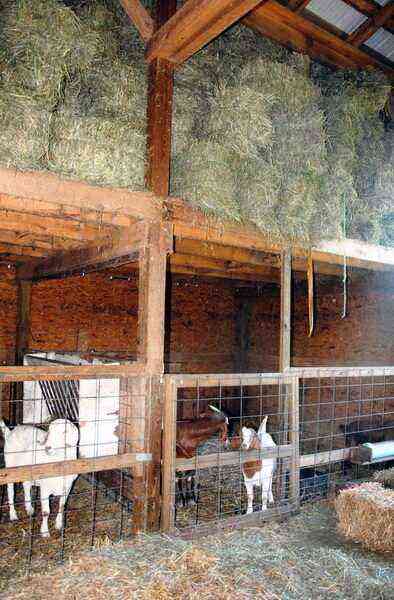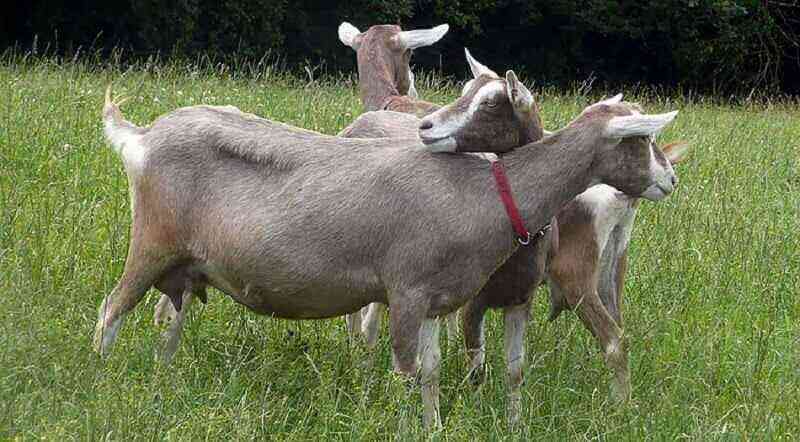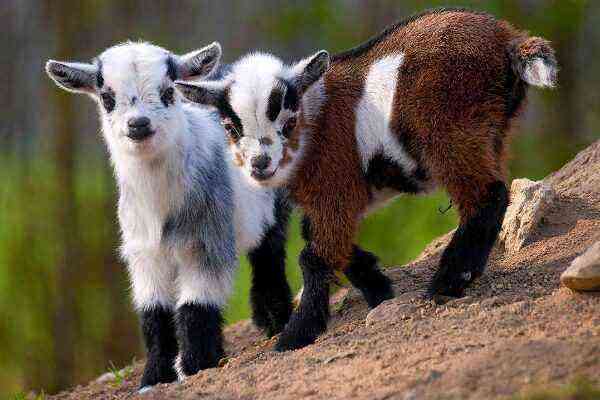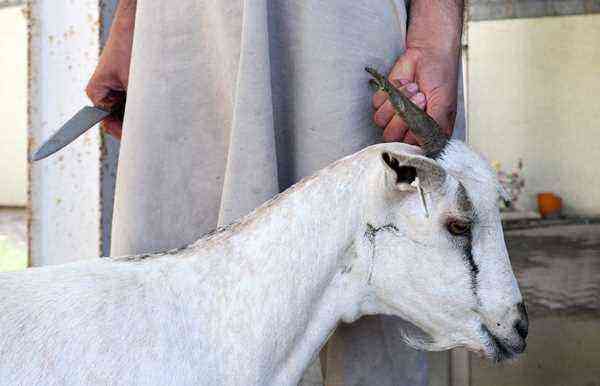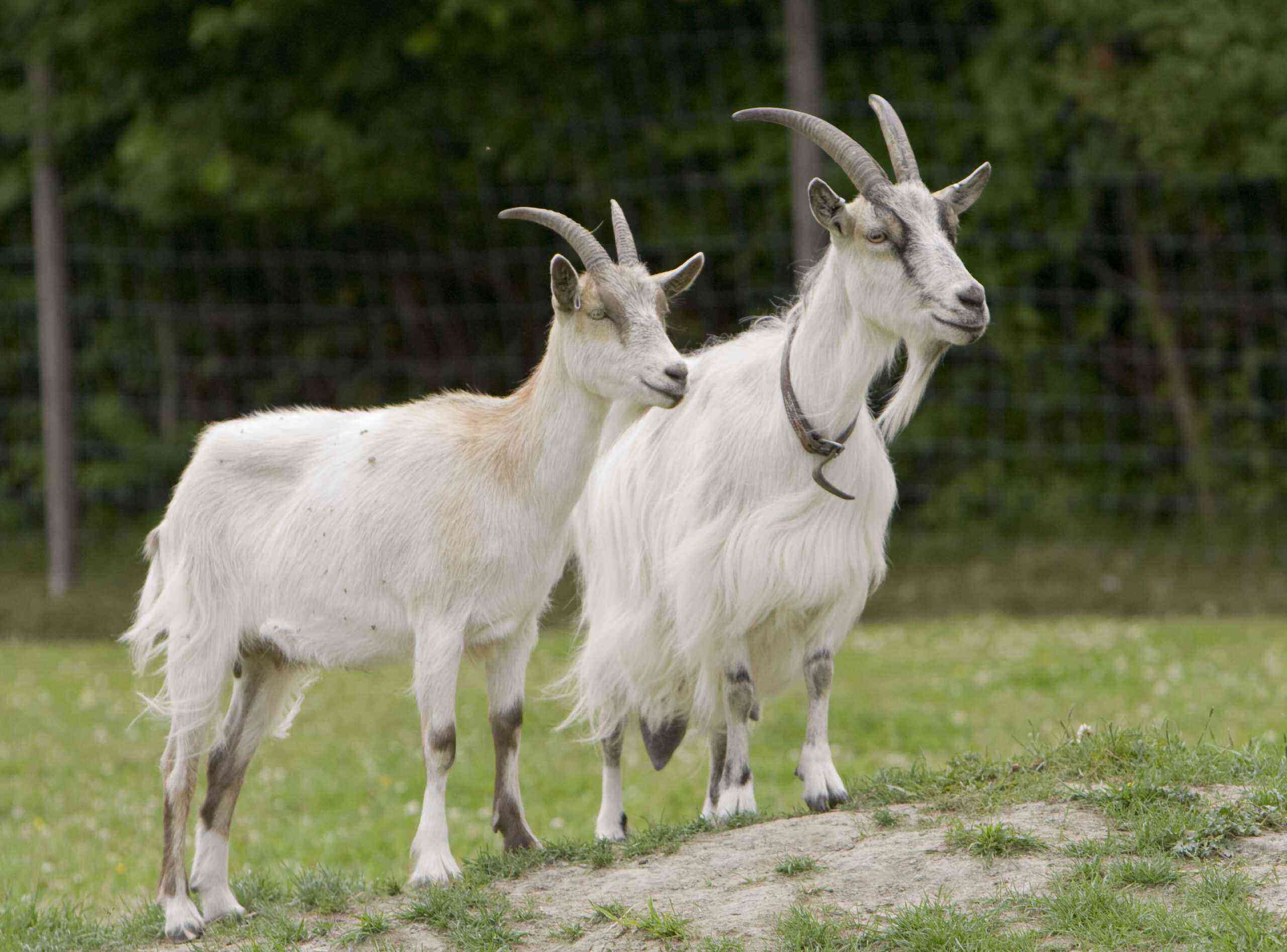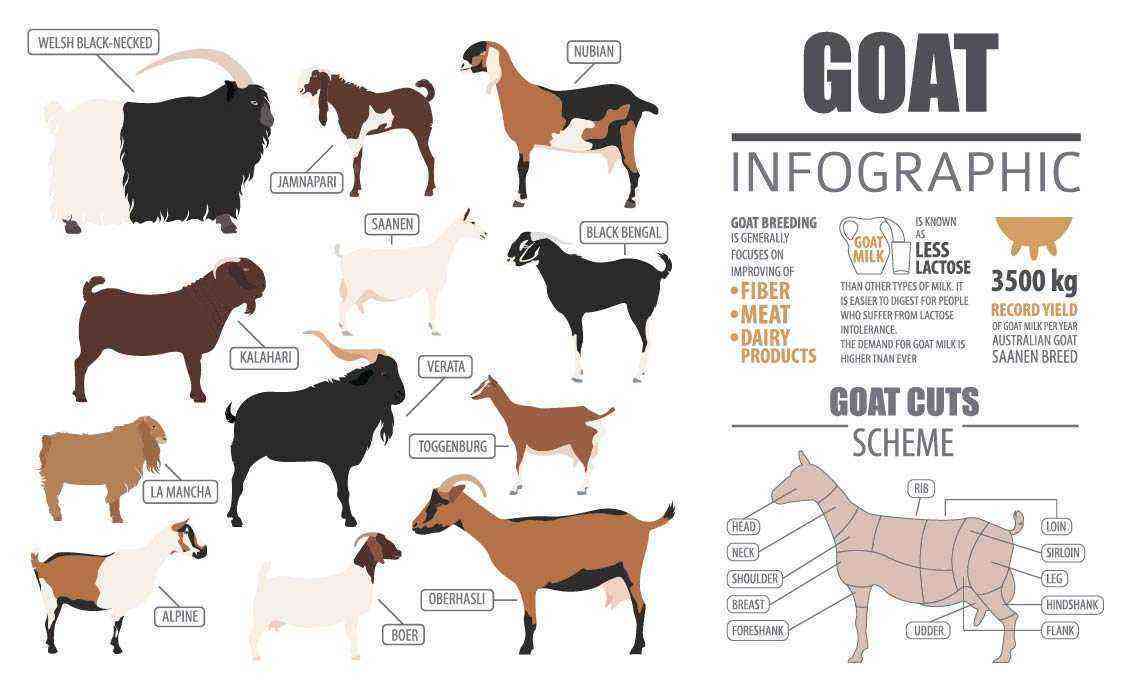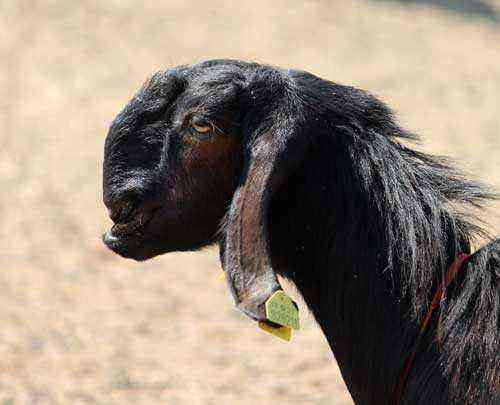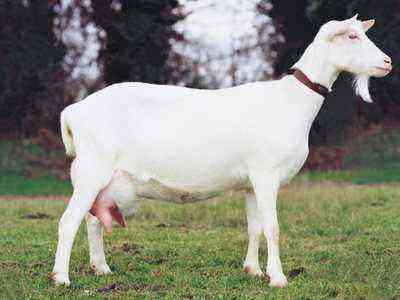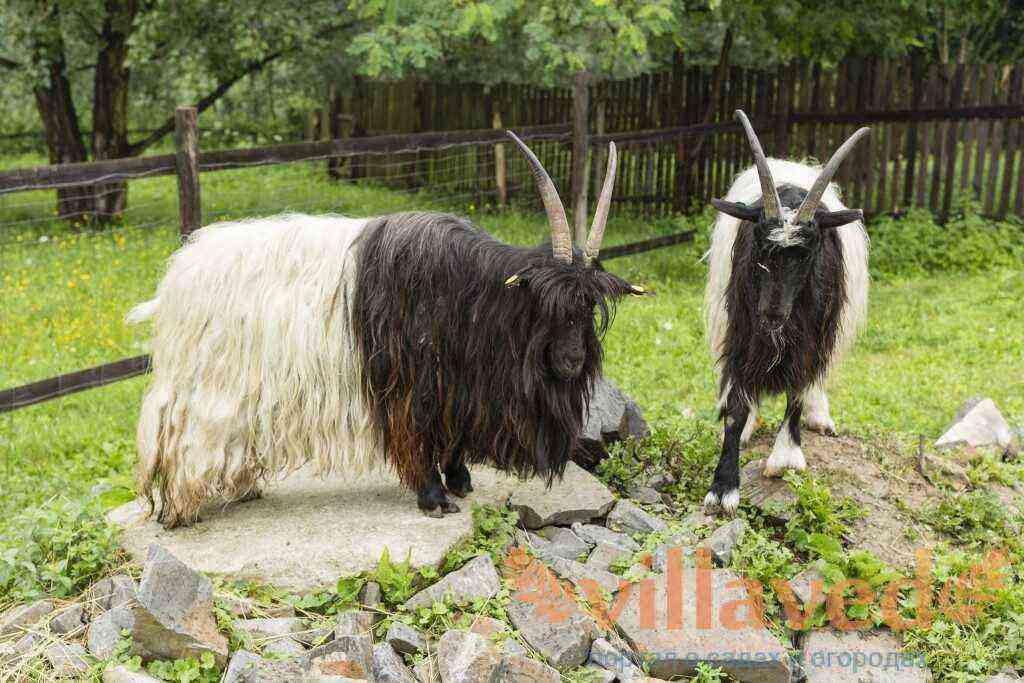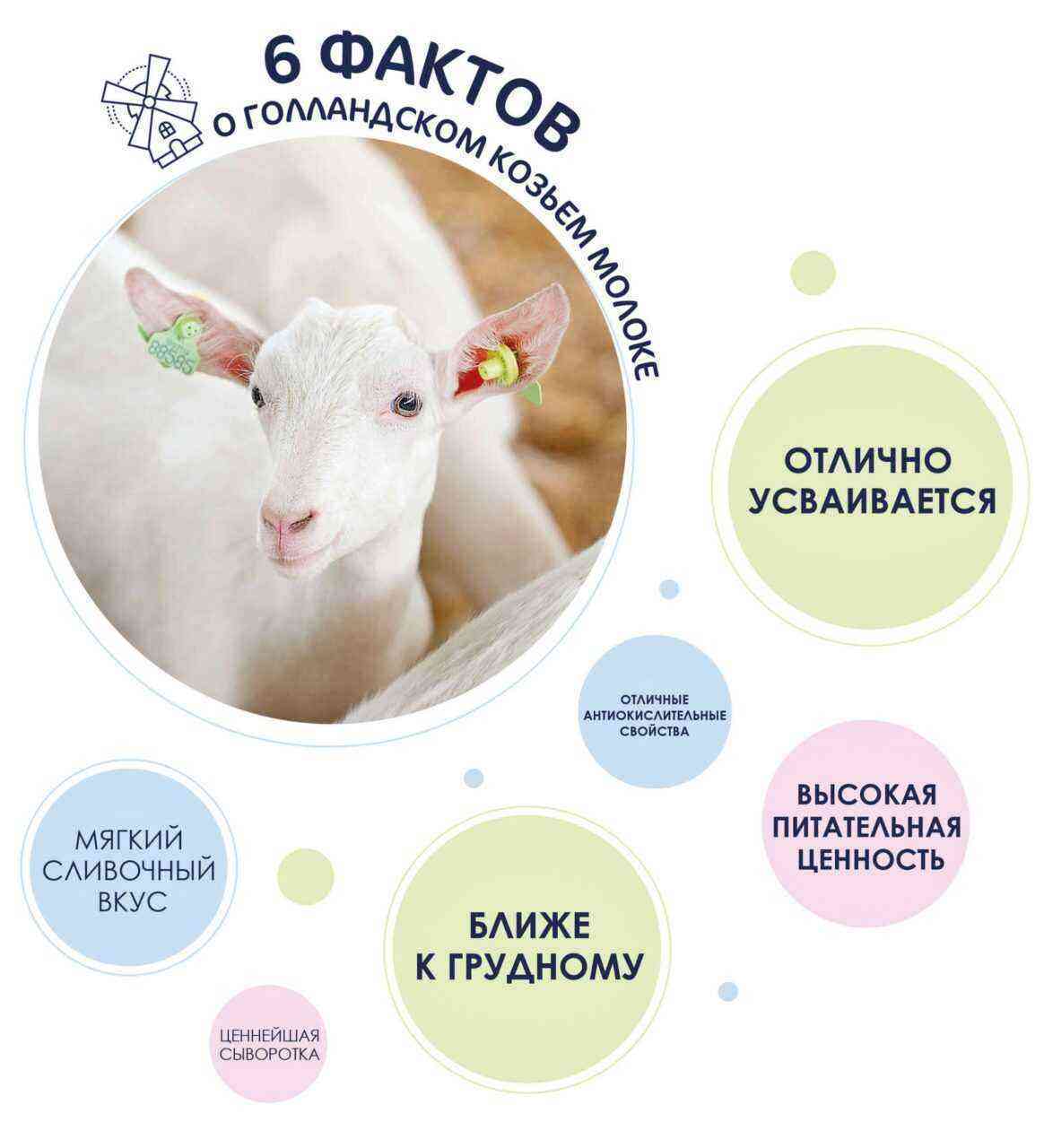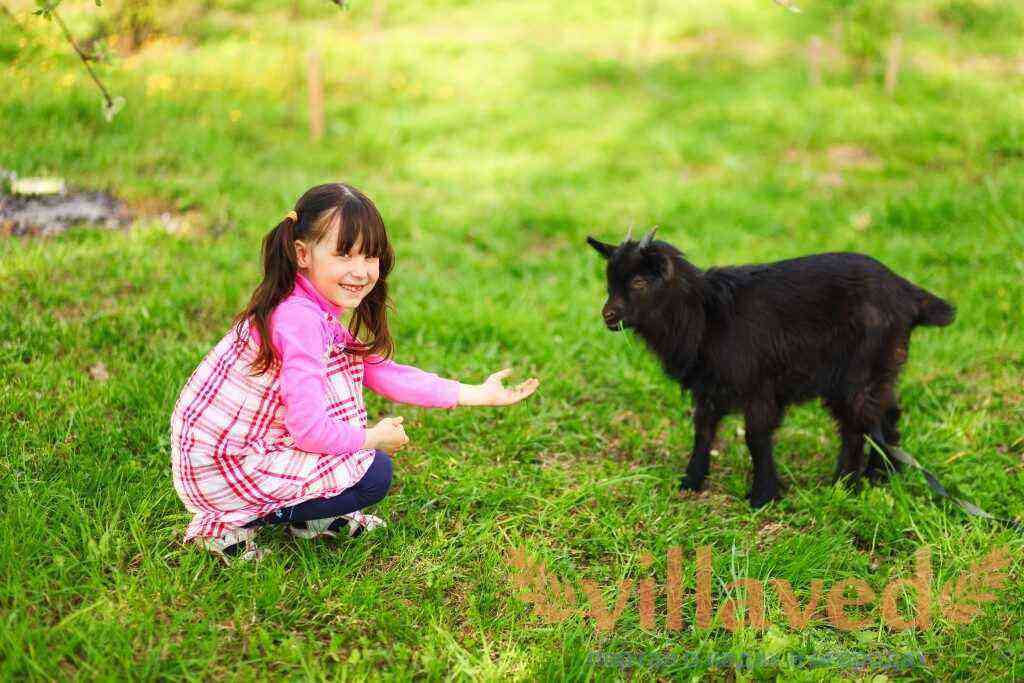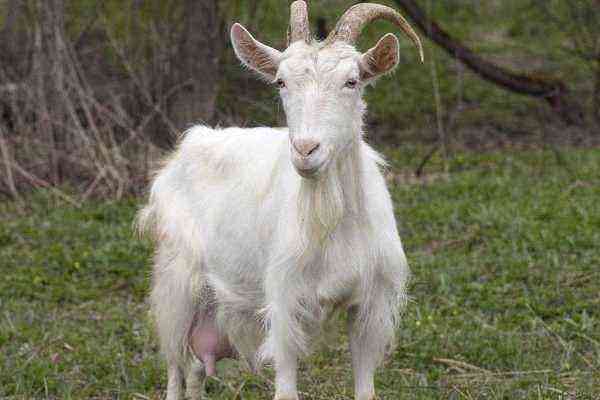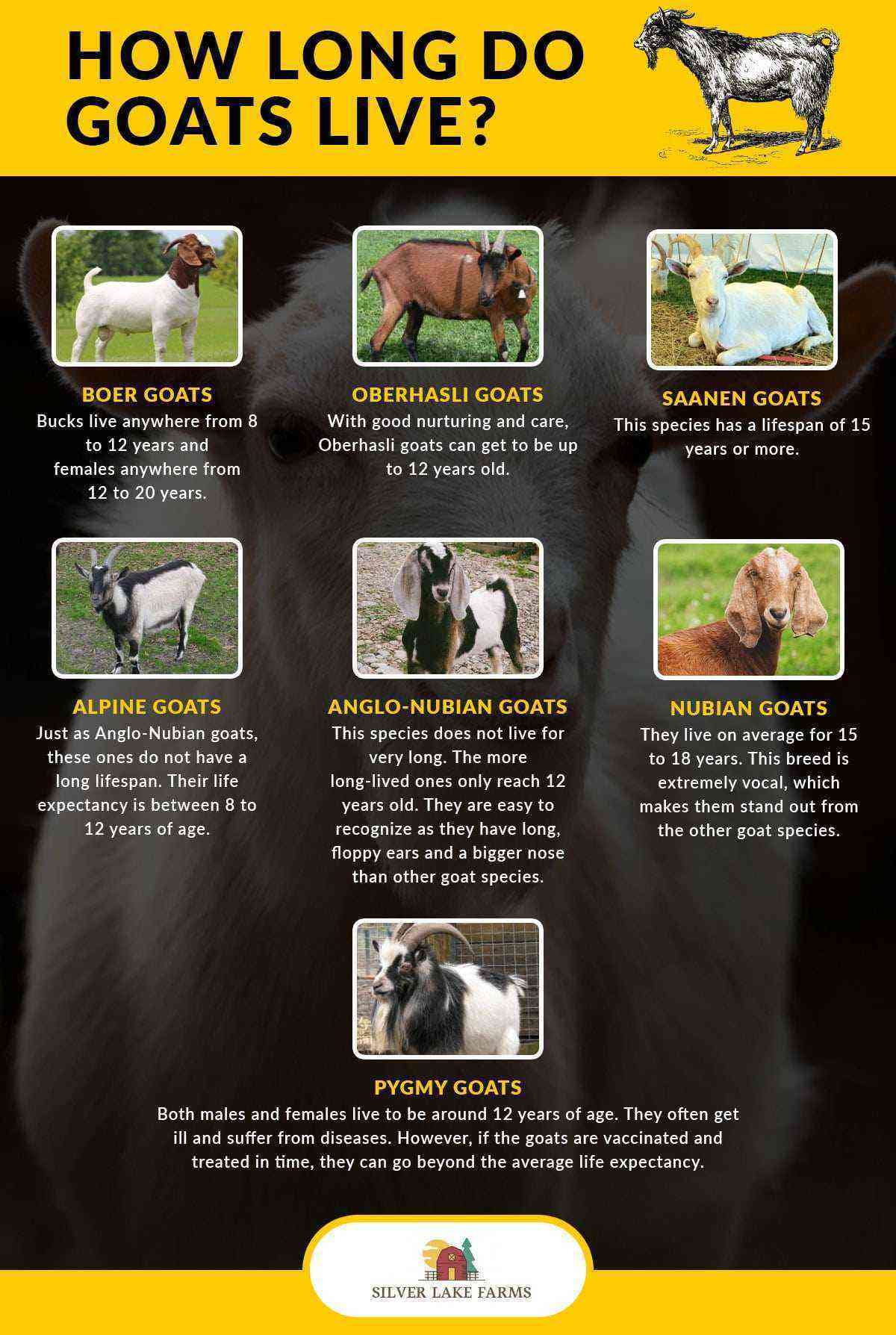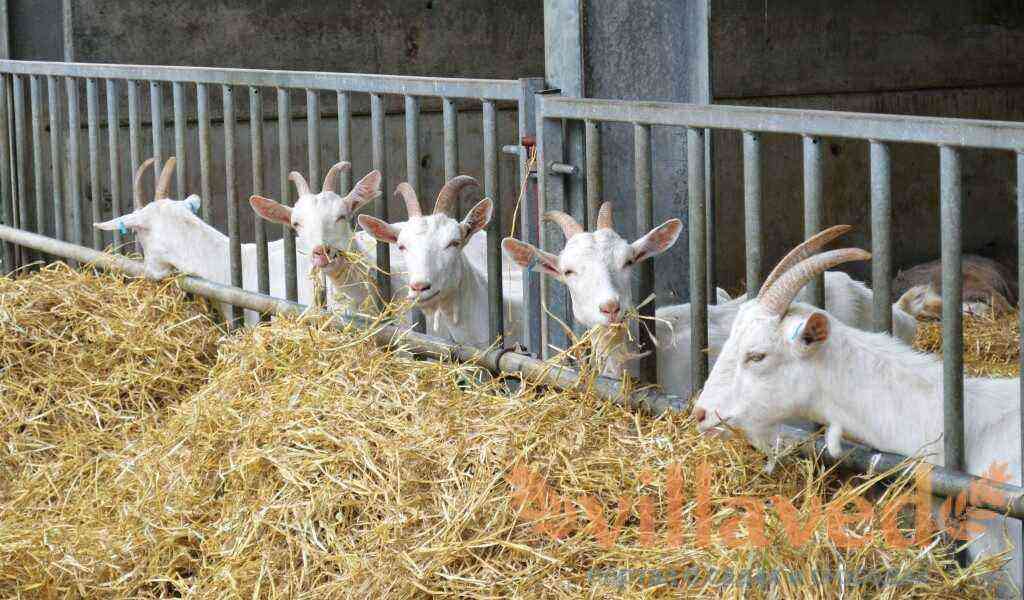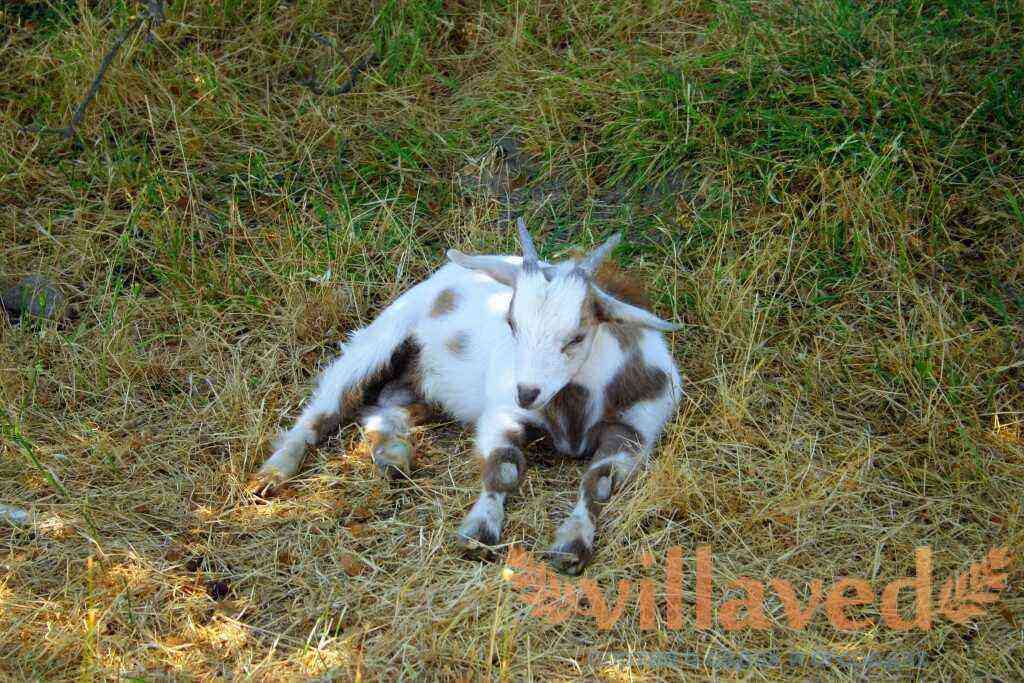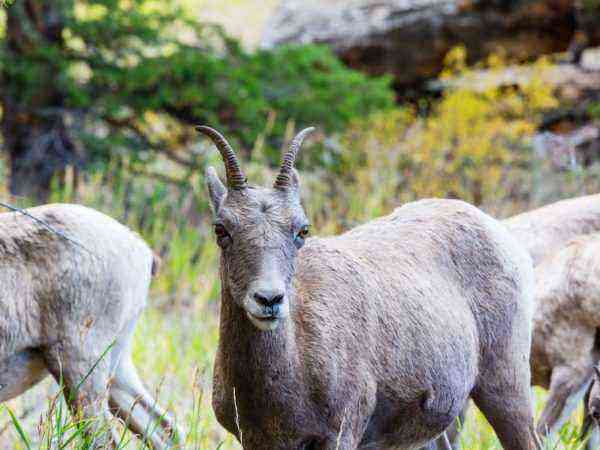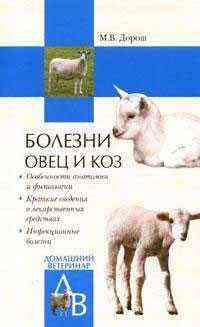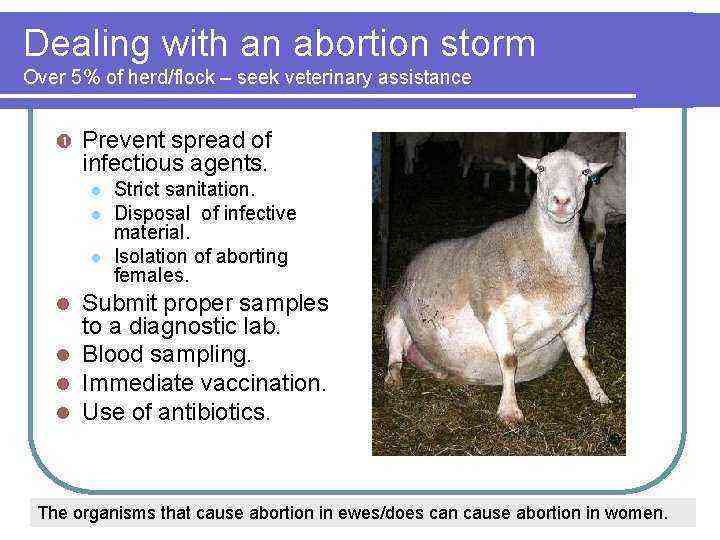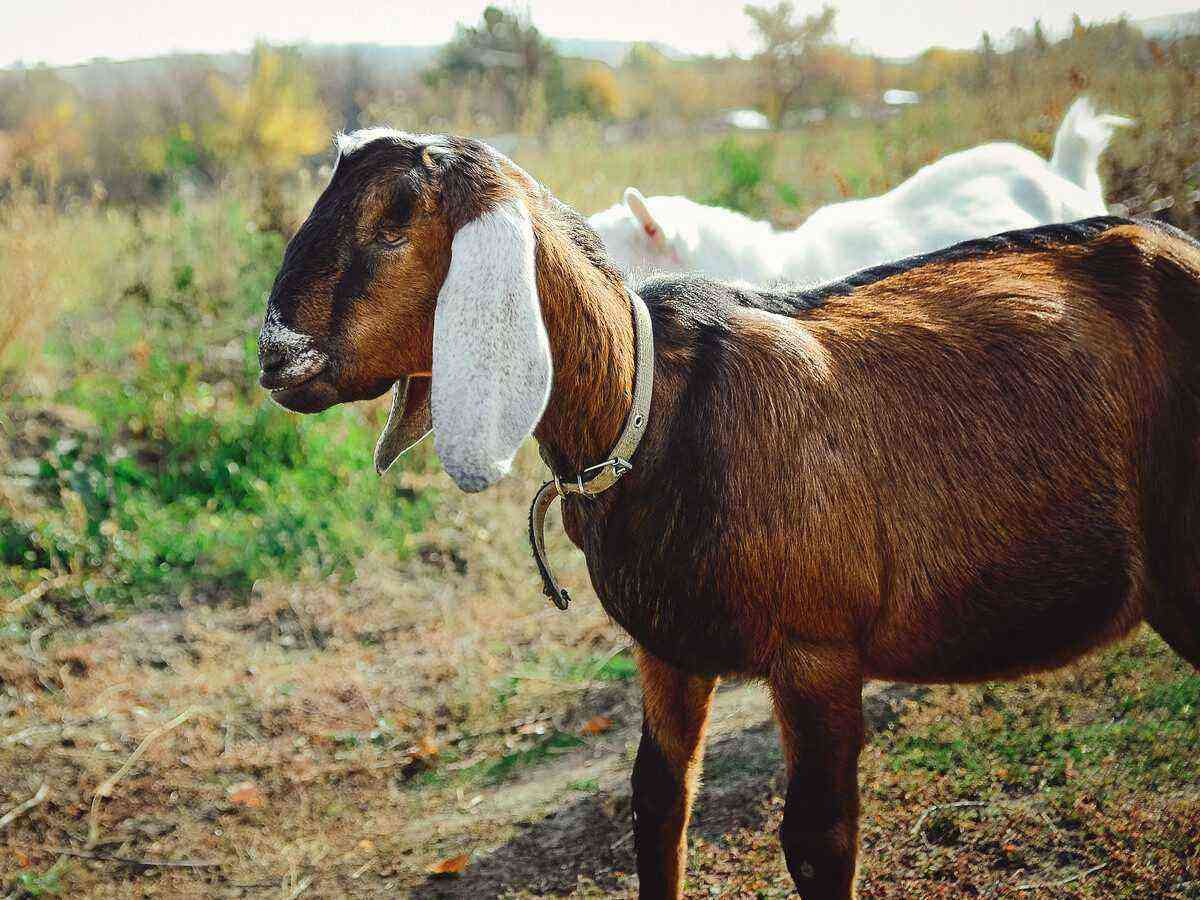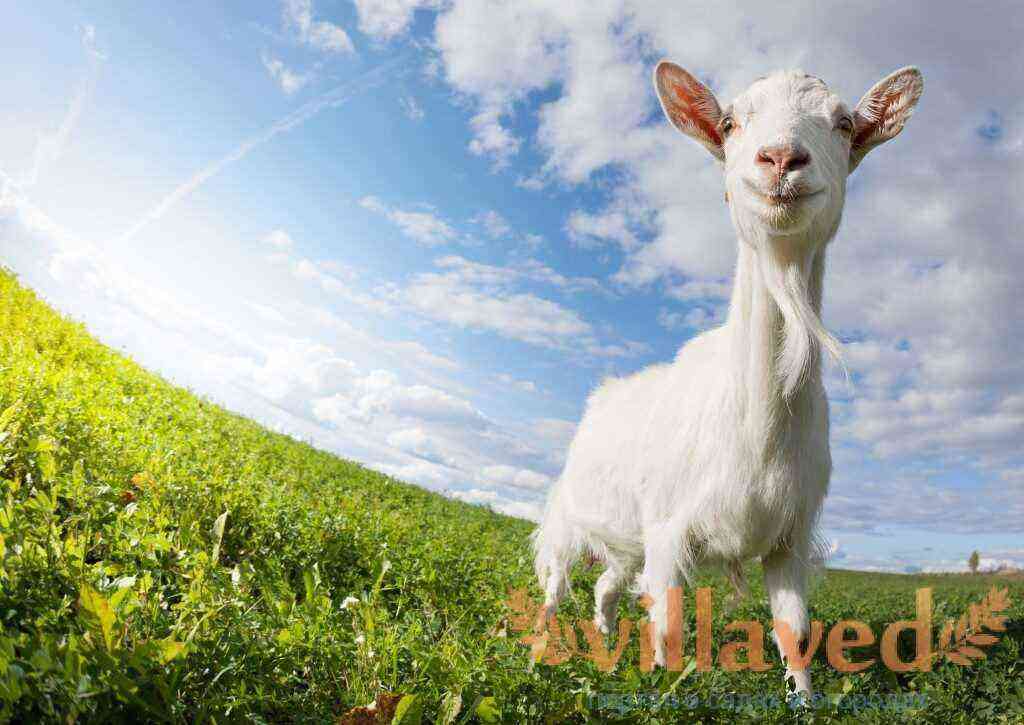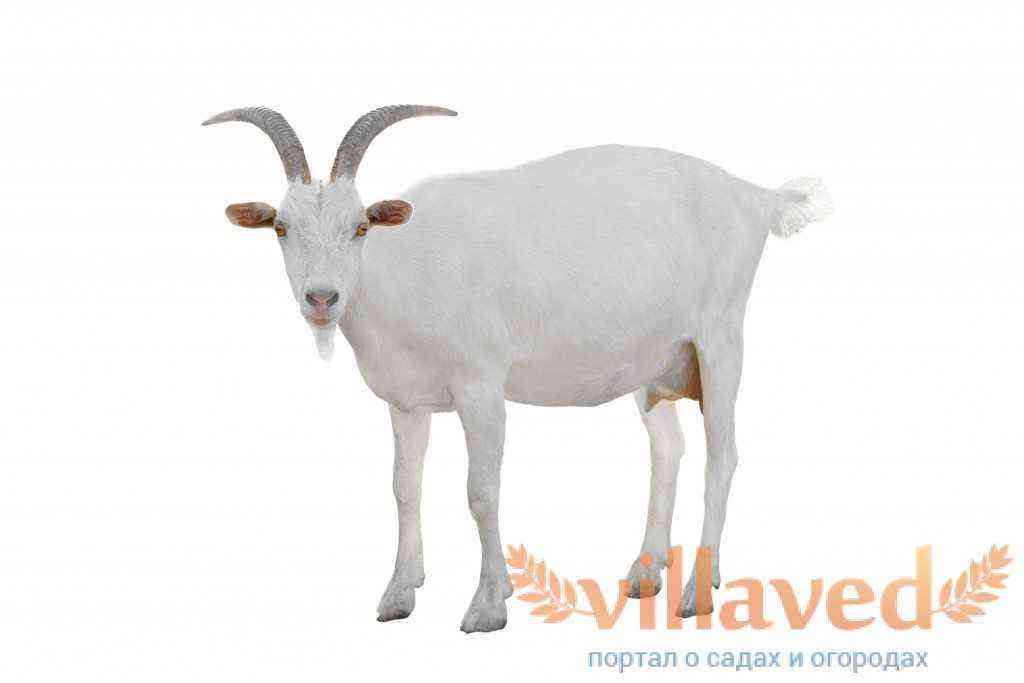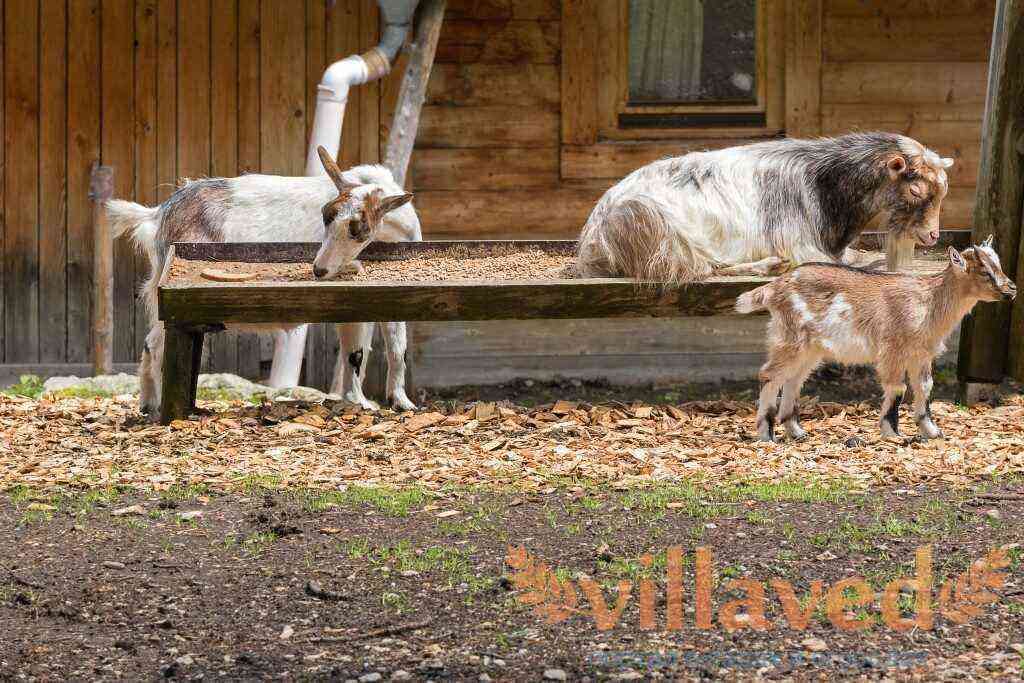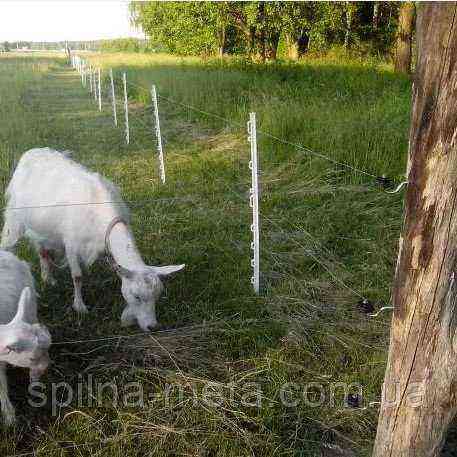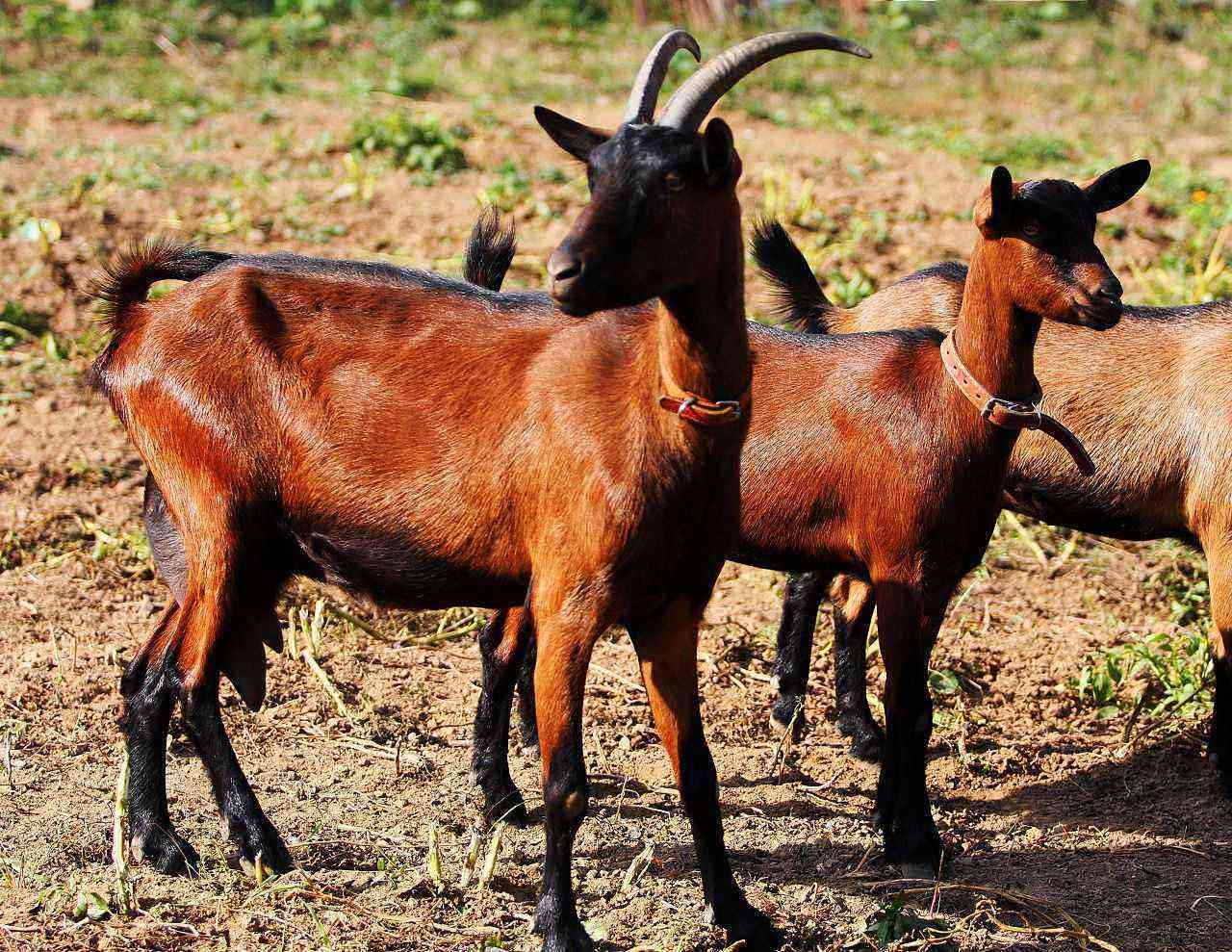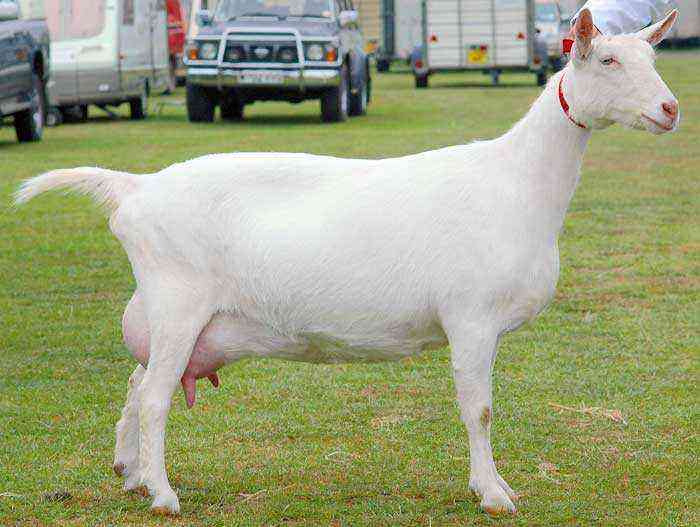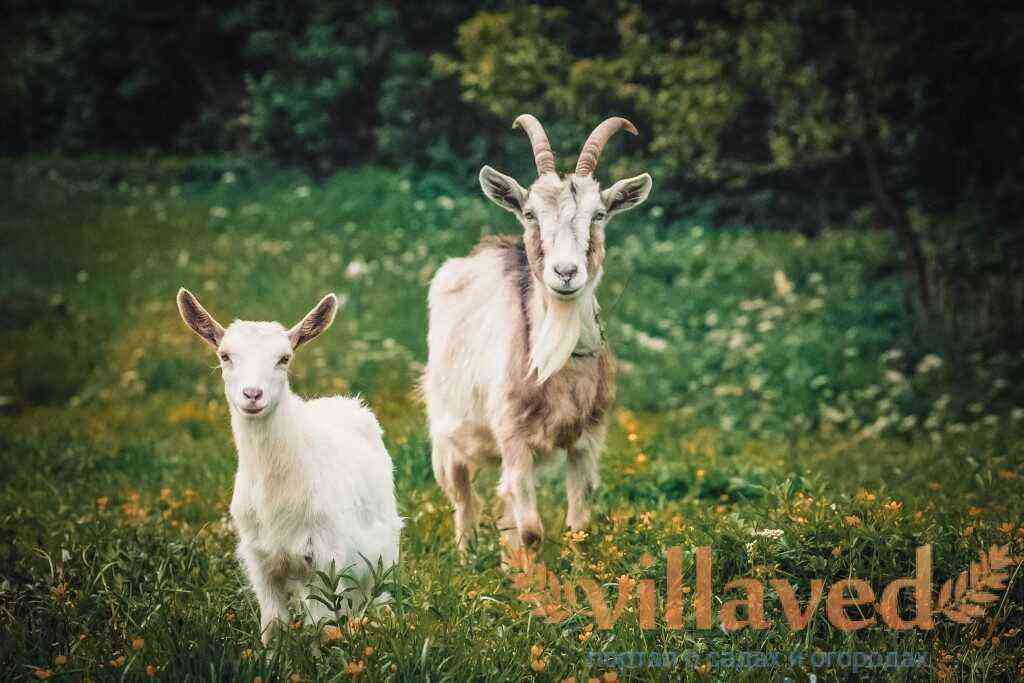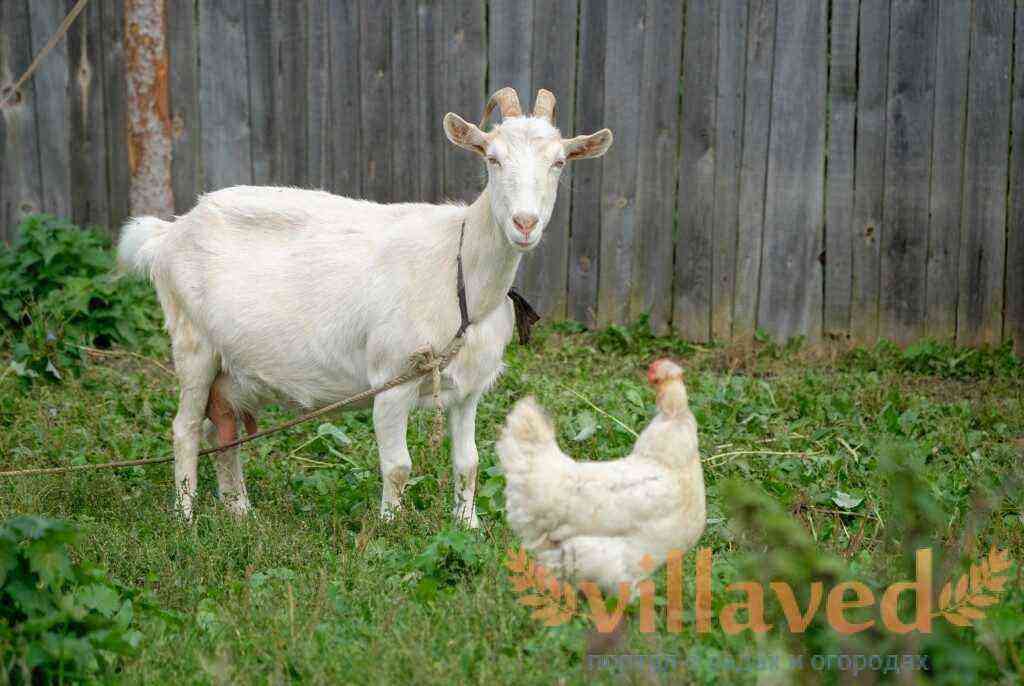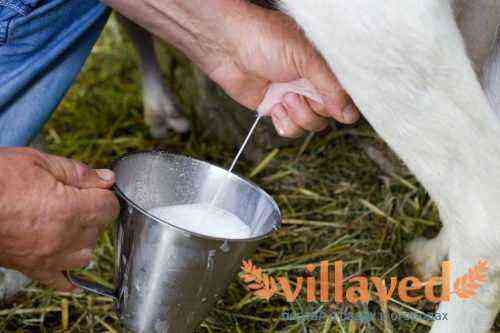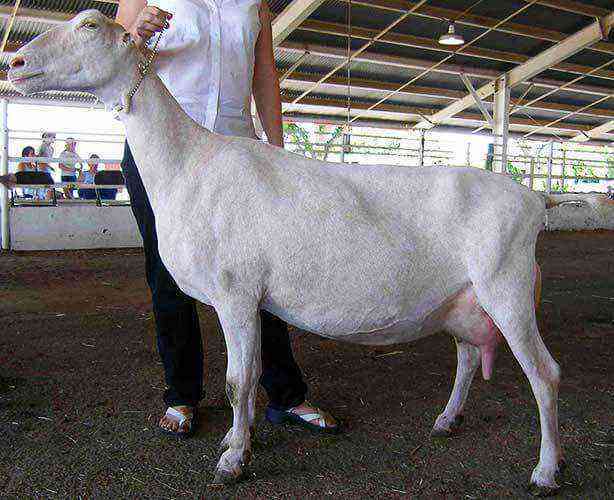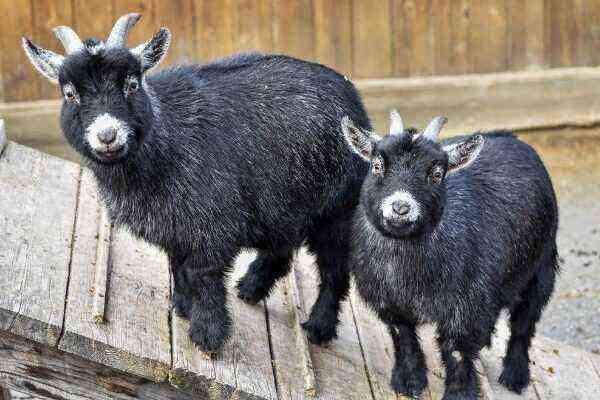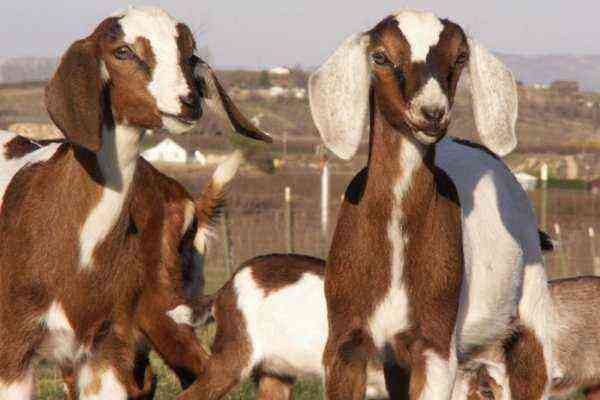Among the white mountain peaks of North America lives an amazing animal – a bighorn goat, with its appearance similar to a wild horned representative, but having differences characteristic of the breed.
Appearance of a snow goat
The snow goat belongs to the ruminant artiodactyl animals from a large flat-footed family, including buffaloes, gazelles, rams, bison and goats. A distinctive feature of the mountain dwellers is their horns, which grow throughout their lives, but never branch. The horns of the mountain goat are small and similar to those of a domestic goat – smooth and slightly curved.
The snow goat is a heavy type of artiodactyl. Large representatives of the breed grow in height up to 100 centimeters, reaching weight indicators of 90 – 100 kilograms, males can weigh all 120 kilograms. Visually, the huge size of the goats is obtained due to the thick wool covering the body of the animal like a fur coat. By the onset of the summer season, the coat becomes shorter in length and begins to resemble velvet fabric. For wintering, the hair grows and hangs down from the sides of the animal like a fringe.
The representatives of the snow breed have a slightly square muzzle, a strong neck and strong legs. A goat’s beard is similar to a wool tuft similar to that of mountain goats.
The coat color of the mountain goat is white, it retains its color for almost the entire calendar year, sparkling in the sun, for which the horned animal got its name “snow”. The horns are black in winter and turn gray in summer.
Snow rock features
In addition to external distinguishing features, the snow rock has its own characteristics that distinguish it from the diversity of mountain dwellers.
- By their nature, the mountain goat is more restrained and tries not to enter into conflicts, measuring their strength with the help of horns.
- Goats live in small families, and not in herds, like other artiodactyl animals. In one group, from two to four representatives of the breed can coexist side by side. Among the mountain peaks, you can also meet a snow goat – alone.
- In the family of a snow goat, there is a matriarchy, a female individual manages there, and the goats occupy positions of subordination.
- Being the owners of a large weight, snow goats lead a sedentary lifestyle and do not jump on rocky surfaces like mountain antelopes, avoiding sharp jumps. But this does not affect their ability to conquer mountain peaks in any way – they easily move along steep slopes, clinging to stones with special strong hooves designed for this, capable of changing shape, expanding and narrowing when necessary, overcoming slopes of up to 60 degrees. Representatives of the snow rock are able to jump off ledges at a height of up to 7 meters, turning around in a jump and starting from stones.
- Snow goats are accustomed to adverse climatic conditions and easily tolerate frosts up to 50 degrees due to their thick coat.
The appearance of danger is a good impetus for the snow goat to activate its forces and gain speed unusual for ordinary life in a short time.
Living conditions for goats
Representatives of the rock are found in areas of North America among the mountain ranges of the states of Idaho and Montana. Animals have found their place of residence in Alaska, as well as in Canada.
The habitats of snow goats are difficult for humans, so hunting for these horned animals has been difficult until now. People managed only to collect the wool dropped by goats on the rocks during the spring molting period. As the mountain ranges were settled by people, snow goats were forced to move to the remote areas of the highlands. Today, they have come under protection in order to preserve the population and prevent them from being hunted.
It should be noted that from their mountain habitats, goats never move into forests, but they can look into salt licks. Goats have a lot of enemies, but it is quite difficult to meet a predator at a high altitude, so those with good eyesight, at the sight of danger, rush to climb to an inaccessible height. One of the enemies for the bighorn goat is the cougar, which is able to climb above all other predators. The young are often threatened by bald eagles.
The diet of goats includes what can grow on rocky surfaces, including lichens, moss, undersized shrubs. Goats are not averse to tasting fresh sedge or eating cereals. The horned representatives of the snow breed living in the conditions of the reserve love vegetables and fruits.
Snow goat breeding
Snow goats start producing offspring in late autumn, in November, or at the very beginning of winter. Bighorn goats attract the attention of females with the help of smell, spreading a specific liquid produced by a gland located behind the horns. This is done by the representative of the male half by rubbing the horns on tree trunks or directly on rocky surfaces, leaving their individual mark on them.
Males have their own ritual, which they resort to to attract attention. Goats sit down on their hind limbs, starting to dig a hole with their front hooves.
During the search for a partner, conflicts often occur between males, in which males, like cats, bend their backs, making an intimidating appearance. Their fur stands on end. The conflict can end with a competition with horns, in which they cross, which from the side resembles a kind of dance.
Snow goats do not have special fecundity. For a lamb, they can bring only one cub weighing up to three kilograms. Newborn young growth quickly begins vigorous activity, and by the age of one month they are capable of independent grazing together with adults.
The average life expectancy of snow goats in natural conditions is no more than 15 years, with home care they can live up to 20 years.
